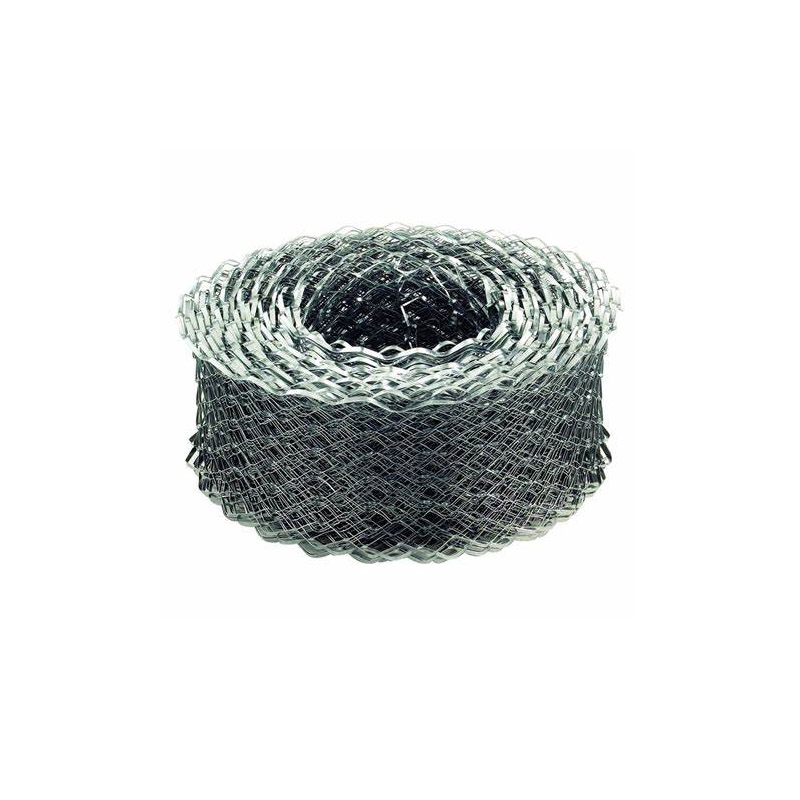
- Mobile Phone
- +8613931874955
- sales@cntcmetal.com
masonry ties
Understanding Masonry Ties Essential Components in Construction
Masonry ties, also known as brick ties or wall ties, play a crucial role in the construction of buildings. They serve as vital connectors between different materials, ensuring stability and structural integrity in masonry walls. Commonly used in brick and block construction, masonry ties are particularly important in maintaining the physical connection between the outer and inner walls, especially in cavity wall designs.
The Importance of Masonry Ties
One of the primary functions of masonry ties is to provide lateral support. In cavity walls, which consist of two separate layers or leaves—typically an exterior brick facade and an interior structural wall—masonry ties link these layers, preventing them from moving independently during environmental stresses, such as wind loads or thermal expansion. This connection helps to distribute loads evenly, enhancing the overall durability and safety of the structure.
Moreover, masonry ties help to resist the effects of moisture intrusion. By maintaining a connection between the inner wall and the outer veneer, these ties can assist in directing moisture away from critical structural components. This is vital, as trapped moisture can lead to serious issues like mold growth, efflorescence, and even structural failure over time.
Types of Masonry Ties
There are several types of masonry ties available, each designed for specific applications. Some of the most common types include
masonry ties

1. Stainless Steel Ties These are durable and resistant to corrosion, making them ideal for external applications where moisture is a concern. 2. Galvanized Steel Ties Coated with a layer of zinc to protect against corrosion, these ties are often used in situations where they will not be exposed to harsh weather conditions.
3. Plastic Ties Lightweight and resistant to corrosion, plastic ties are increasingly being used in low-load applications. They are particularly useful in environments where rusting is a major concern.
Installation Considerations
Proper installation of masonry ties is essential for their effectiveness. The spacing of the ties must be carefully considered, typically ranging from 16 to 24 inches apart vertically and horizontally, depending on local building codes and specific project requirements. Additionally, ties should be anchored securely to both leaves of the wall to ensure a reliable connection.
builders must follow best practices and adhere to local regulations when installing masonry ties. This includes considering factors like wall height, environmental conditions, and material compatibility to ensure optimal performance.
Conclusion
Masonry ties are an essential element in modern construction, providing necessary support and stability to masonry walls. With various types available, builders can choose the most suitable tie for specific applications, ensuring longevity and structural soundness. By understanding their importance and adhering to proper installation practices, construction professionals can create safe and resilient buildings that stand the test of time. In an era where building standards are constantly evolving, masonry ties remain a steadfast component in the pursuit of structural integrity and durability.
share:
-
Yard Sign Stakes: Reliable Guardians of Outdoor SignsNewsAug.04,2025
-
Wall Ties: Invisible Guardians of Building StabilityNewsAug.04,2025
-
Resilient Web: The Super Guardian Power of Concrete MeshNewsAug.04,2025
-
Masonry Accessories: A versatile assistant on building foundationsNewsAug.04,2025
-
Iron Binding Wire: the 'invisible reinforcement specialist' in the fields of architecture and industryNewsAug.04,2025
-
Dynamic Spring: The diverse functions and excellent performance of Wire Tension SpringNewsAug.04,2025
-
Your Source for Concrete Wall Ties and Masonry AccessoriesNewsJul.10,2025



















